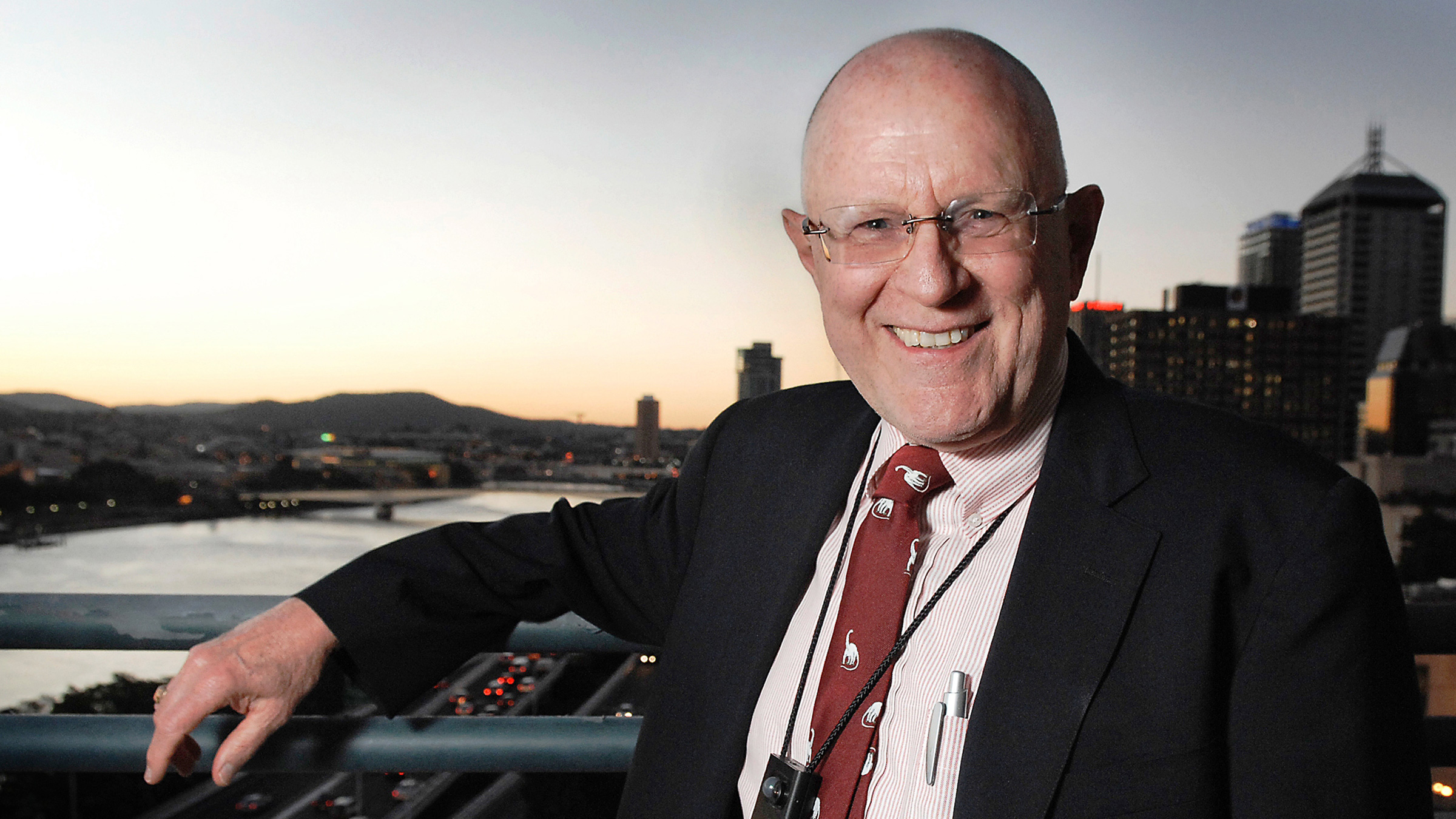In the 1980s, there was a debate in the field of high-performance computing: Was it possible to create a supercomputer by connecting thousands of general-purpose processors, or as predicted by Amdahl’s Law, would significant speedups be impossible because at least 1% of any computation would necessarily be sequential?
Alan Karp, a staff scientist at IBM, offered $100 “to the first person to demonstrate a speedup of at least 200x on a general-purpose, MIMD [multiple-instruction, multiple data] computer used for scientific computing” before Jan. 1, 1996.a Chester Gordon Bell thought this offer was a great idea but that no one would win within the time limit, so he personally offered an additional $1,000 to the team that demonstrated the fastest speedup. The following year, a team from Sandia National Laboratories won both challenges—$1,100—by demonstrating a computer with 1,024 processors running three real-world applications 400-600 times faster than on a single processor.b
Thus began the ACM Gordon Bell Prize, a testament to Bell’s lifelong pursuit of computing systems that are both highly performant and economically practical.
Bell was born in Kirksville, MO on Aug. 19, 1934. He graduated MIT in 1957 with a BS and MS in Electrical Engineering. He then attended New South Wales University of Technology in Australia on a Fulbright Scholarship, where he met another Fulbright scholar, Gwen Druyor. Bell proposed that year with a message he entered into the memory of the computer they were sharing.c They married in 1959.
Bell entered the Ph.D. program at MIT while working at MIT’s Lincoln Laboratory, but he left in 1960 without his degree to join Digital Equipment Corporation (DEC) as the company’s second engineer. He joined the faculty of Carnegie Mellon University in 1966, where he developed the Unibus, a single bus for connecting CPU, memory, and peripherals. He also co-authored a foundational textbook on computer architecture, Computer Structures: Readings and Examples (1971), with Allen Newell.
In 1972, Bell returned to DEC full-time as the company’s VP of engineering, where he led the development of the VAX, a 32-bit computer featuring virtual memory. The VAX eventually scaled from small “microvax” systems to the VAX 9000, a large mainframe-like system. (Bill Strecker, one of Bell’s Ph.D. students at CMU, designed the VAX architecture.) DEC was sold to Compaq Computer Corporation (now HP) in 1998, which continued to sell VAX products until 2000.
In 1979, the Bells, together with DEC co-founder Ken Olsen, established the Digital Computer Museum in Marlborough, MA. The Museum moved to Boston in 1984, becoming The Computer Museum. In 1996, with an infusion of capital from entrepreneur Len Shustek, the museum moved to Mountain View, CA, finally becoming the Computer History Museum in 1999.
Bell left DEC again in 1983 after a heart attack. Recovered, he co-founded three supercomputer startups: Encore Computer (1983), Ardent (1986), and Stardent (1989). He also was the founding assistant director of the National Science Foundation’s Computing and Information Science and Engineering (CISE) Directorate from 1986 to 1987.
Next, Bell moved to California, dabbled in investing, and convinced Microsoft to create Microsoft Research (MSR) in 1991. He joined the company’s Silicon Valley Lab in 1995, where he worked on MyLifeBits, a passion project to record and make every piece of information he encountered retrievable.
Gordon Bell was awarded the ACM-IEEE CS Eckert-Mauchly Award in 1982. President George H.W. Bush awarded Bell the National Medal of Technology in 1991, “For his continuing intellectual and industrial achievements in the field of computer design; and for his leading role in establishing cost-effective, powerful computers which serve as a significant tool for engineering, science, and industry.”
Bell was a member of the National Academy of Engineering and the National Academy of Science. He became an ACM Fellow in 1994, “For his contributions to the formation of the minicomputer as embodied in the PDP-5 and PDP-8; the architecture and implementation of the first commercial, interactive time-sharing computer; his pioneering work in the field of hardware descriptive language.” He also received the IEEE John von Neumann Medal and was a fellow of the AAAS, the IEEE, and the Computer History Museum.




Join the Discussion (0)
Become a Member or Sign In to Post a Comment